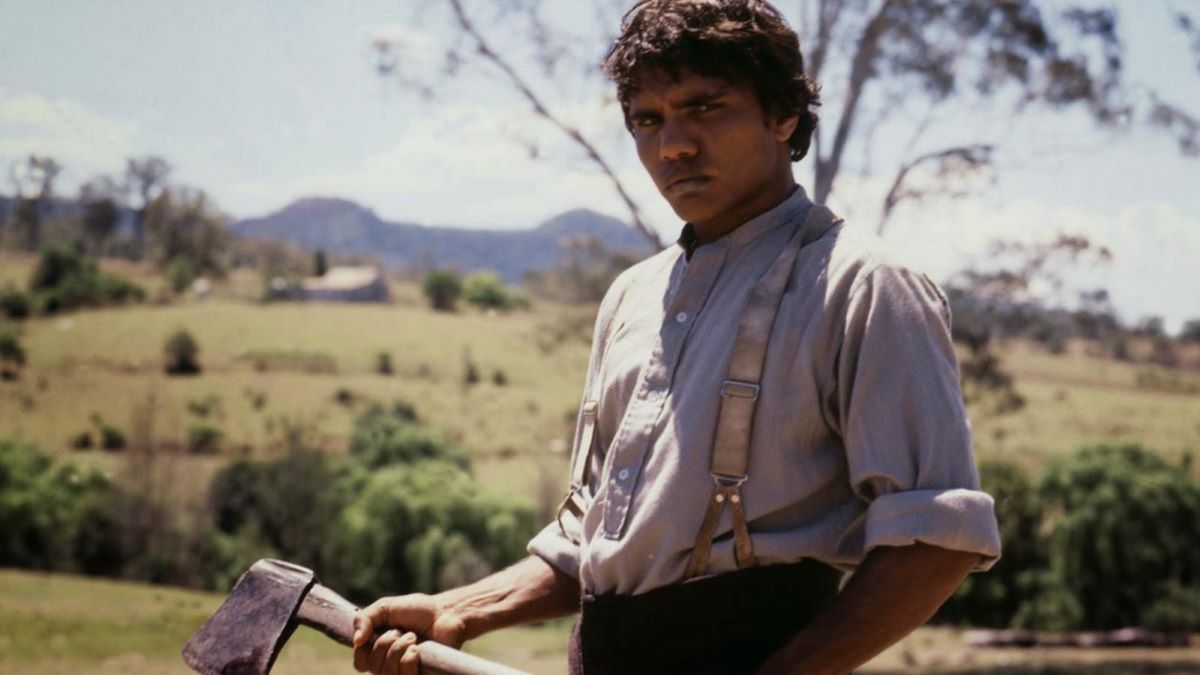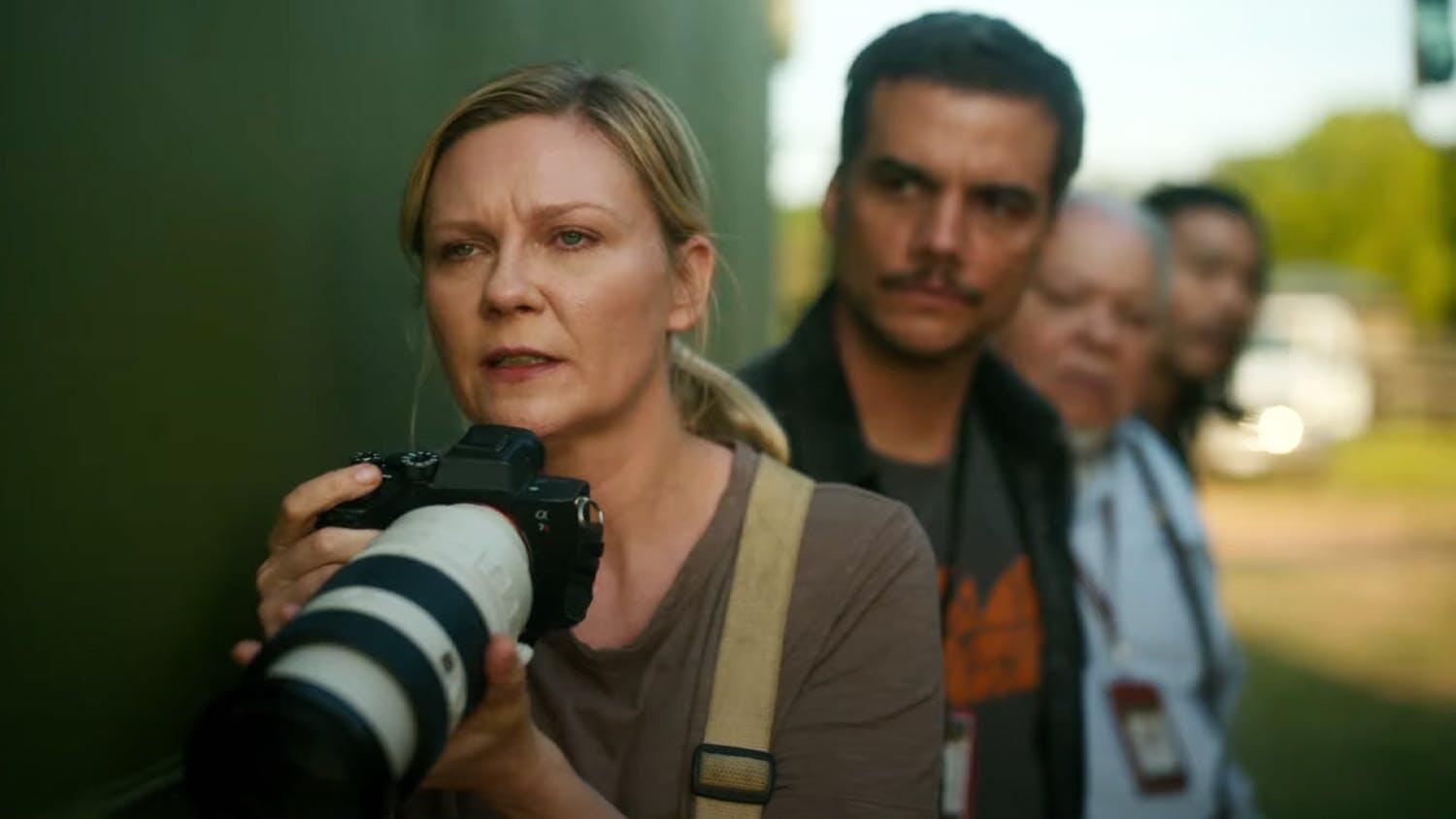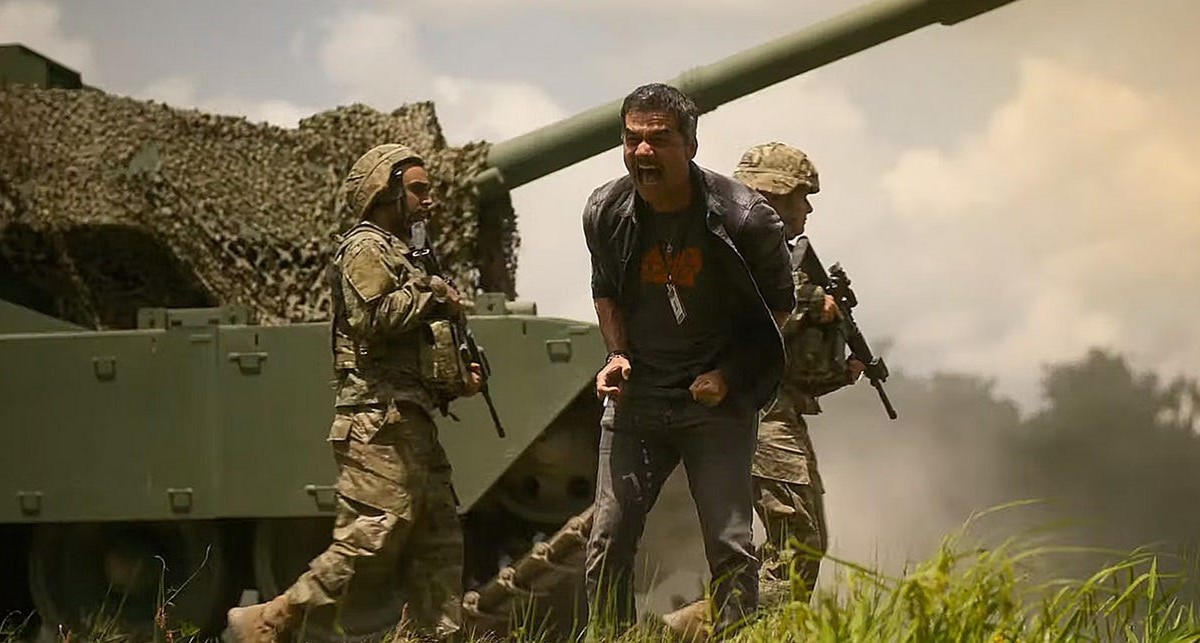From Dream to Nightmare
The terrifying Western Once Upon a Time in the West
by Wim Wenders
I don’t want to see another Western.
This one is the limit. This one is a killer.
Kracauer spoke of film as the ‘redemption of physical reality’, meaning the tenderness that cinema can show towards reality. Westerns have often brought out this tenderness in a dreamily beautiful and quiet way. They respected themselves: their characters, their plots, their landscapes, their rules, their freedoms, their desires. In their images they spread out a surface that was nothing else but what you could see. ‘I’m never going back to El Paso,’ says Virginia Mayo in a film by Walsh, and that’s all that is meant when she says that.
The film by Leone is completely indifferent to itself. It only shows the unconcerned viewer the luxury that led to its creation: the most complicated camera movements, the most refined crane-tracking shots and pans, fantastic sets, incredibly good actors, a huge railway construction site built just for show so that a coach could drive through it once. Yes, and Monument Valley, the real Monument Valley, not made out of cardboard with struts behind it, no, really in America, where John Ford made his Westerns. At precisely this point of the film, where the unconcerned viewer may feel respect, I became very sad when I saw the film for a second time: I felt like a tourist, a ‘Western tourist’.
This strange feeling turned me into a concerned viewer; I realize that this film isn’t taking itself seriously any more, that it doesn’t take its predecessors seriously any more, that it no longer shows the ‘surface’ of Westerns but rather what lies behind: the inner side of Westerns. The images no longer only mean themselves, something else glimmers through; they are threatening without making their threat visible, they turn the acts of violence into symbols of violence, into primal Western scenes. A close-up of Charles Bronson in this film becomes the close-up of a personification, whose story is no longer that of a revenge but rather that of revenge itself: the intercut, blurred slow-motion shots whose meaning only becomes clear at the end of the film, are not simply embarrassing art-film relics, but rather the central nerve of this film. This Western actually functions like a horror film, it makes you believe that terror waits behind every closed door, so that at the end the simple opening of a door makes you gasp. Christopher Lee’s vampire teeth have become Charles Bronson’s harmonica. The castle in the Carpathians is now the stable-saloon on the way to Sweetwater.
When the red-haired Irish family is ambushed and shot by a mysterious force that even makes the crickets stop chirping, when the little boy runs out of the house terrified, when Ennio Morricone’s sound track consists of the same vibrations of terror that the images are generating, when you see the horrifying face of Henry Fonda for the first time, when Henry Fonda finally shoots the boy: then it becomes clear why Woody Strode and Jack Elam only appear in the opening sequence. Their death is the death of a genre and a dream, both of them American.
I’m pleased that I saw Monument Valley again in another film, that I had a chance to see it again: in Easy Rider, with Peter Fonda, with an Esso filling-station instead of a Carpathian saloon.
Filmkritik, November 1969





1 thought on “Once Upon a Time in the West – Review by Wim Wenders”
Huh?